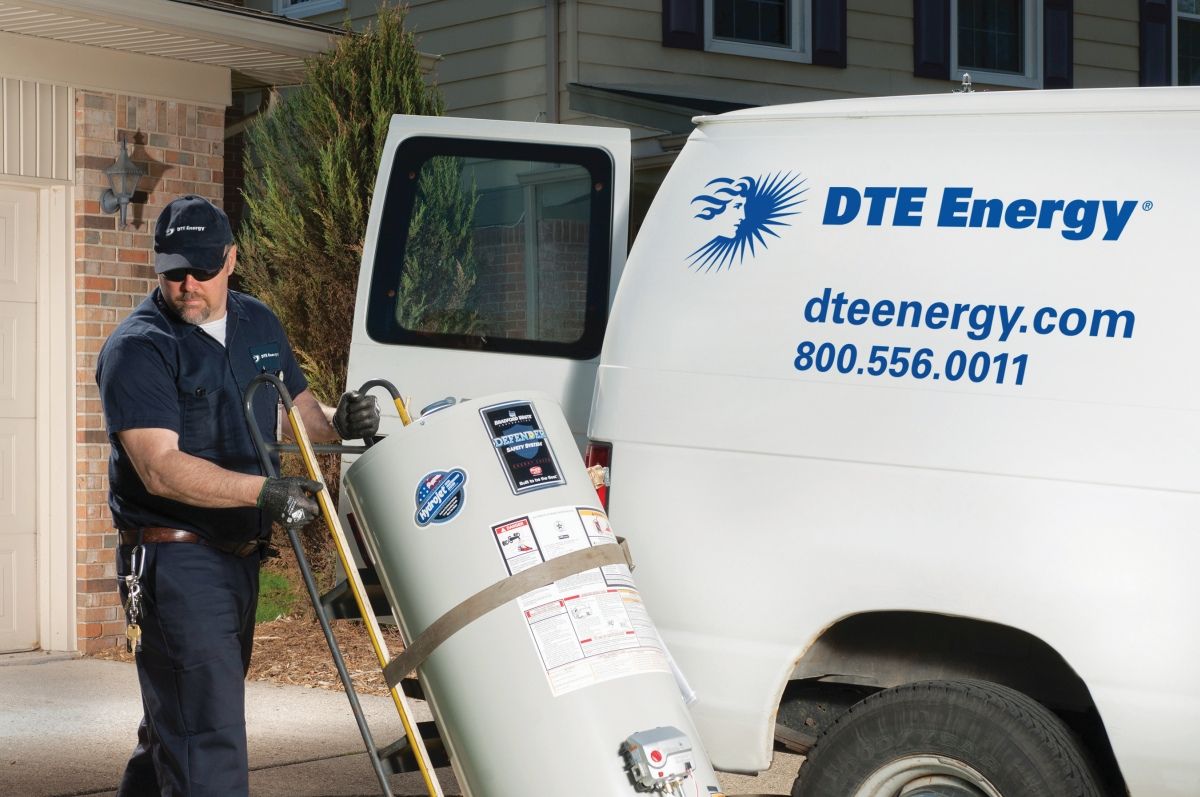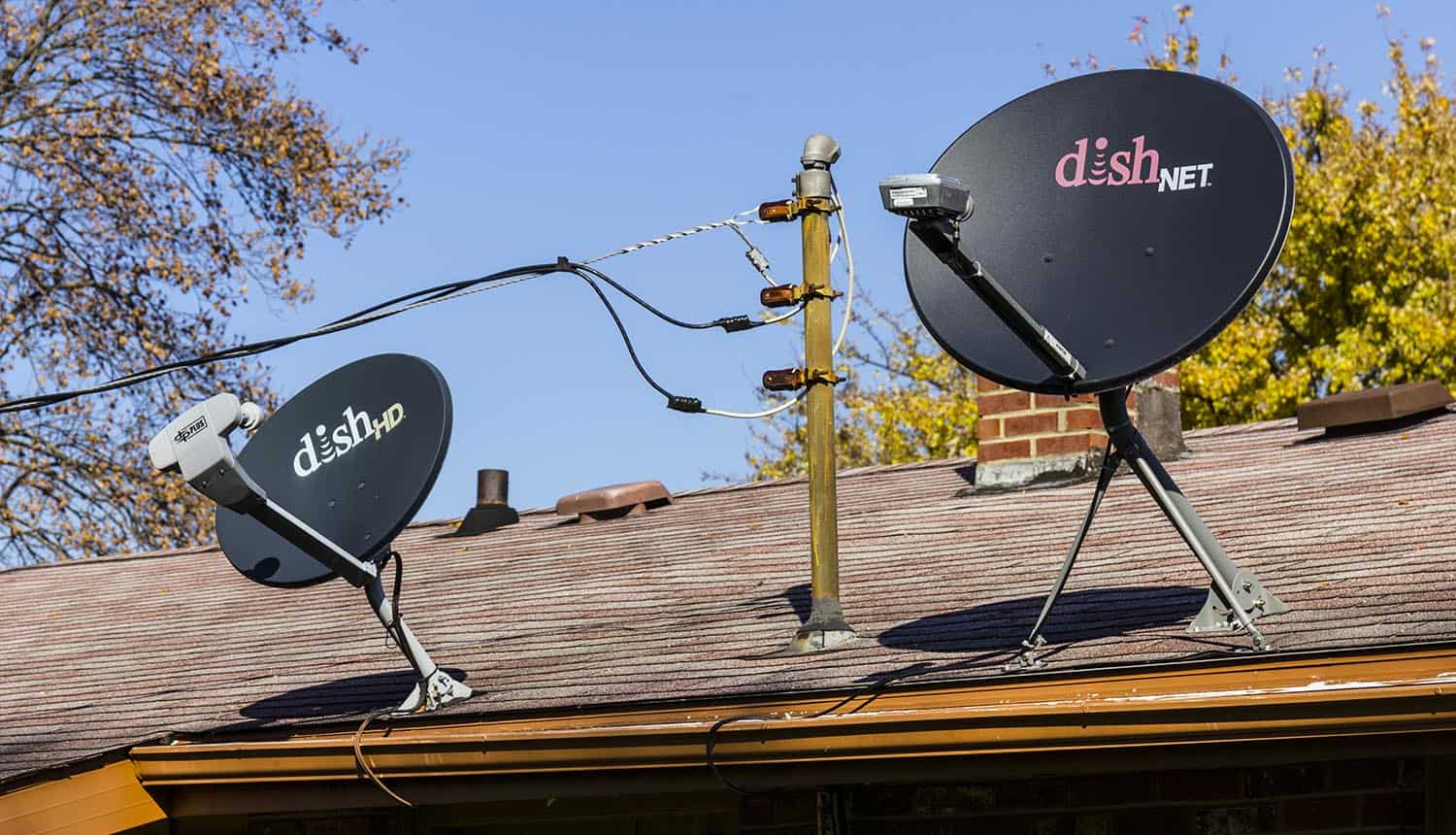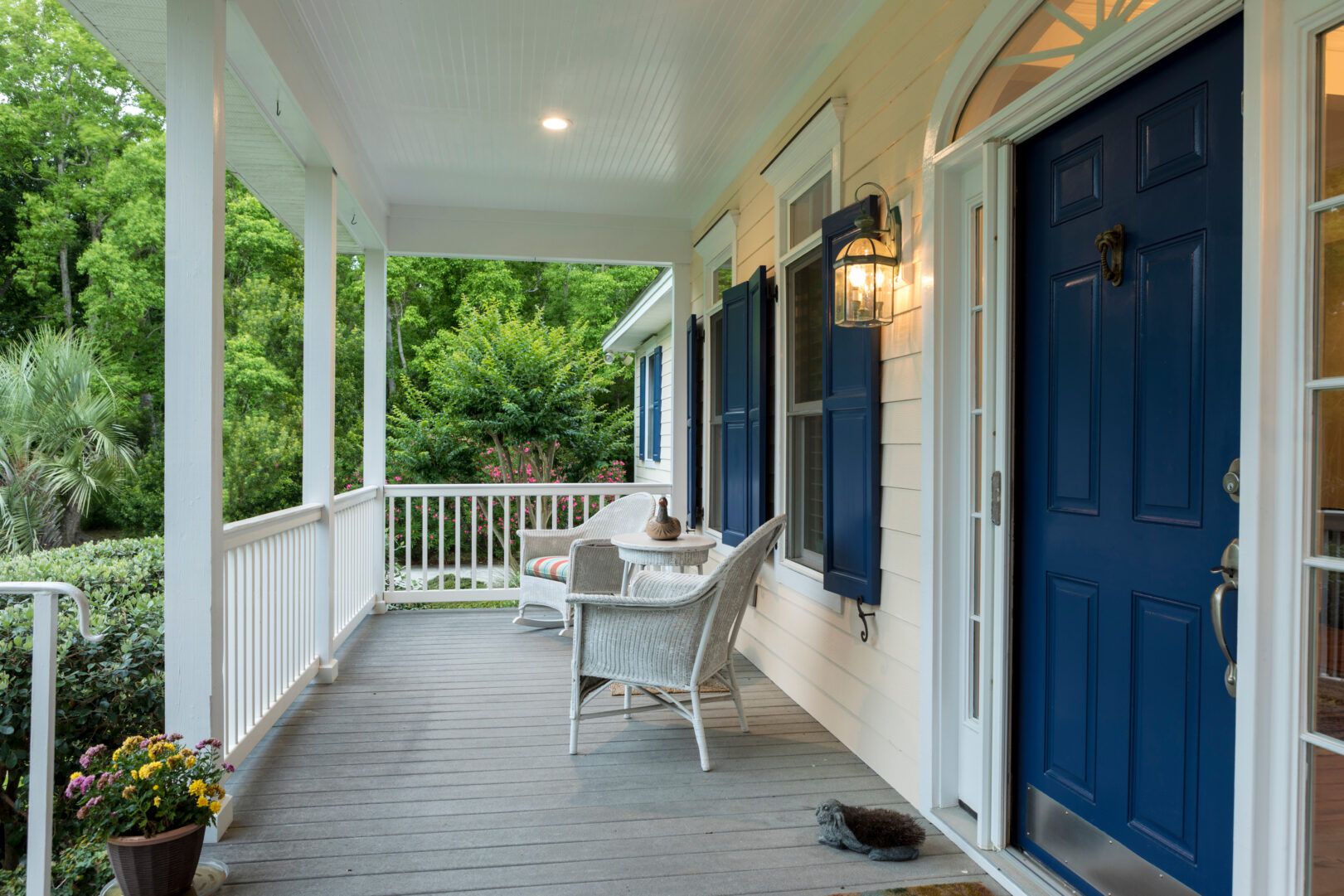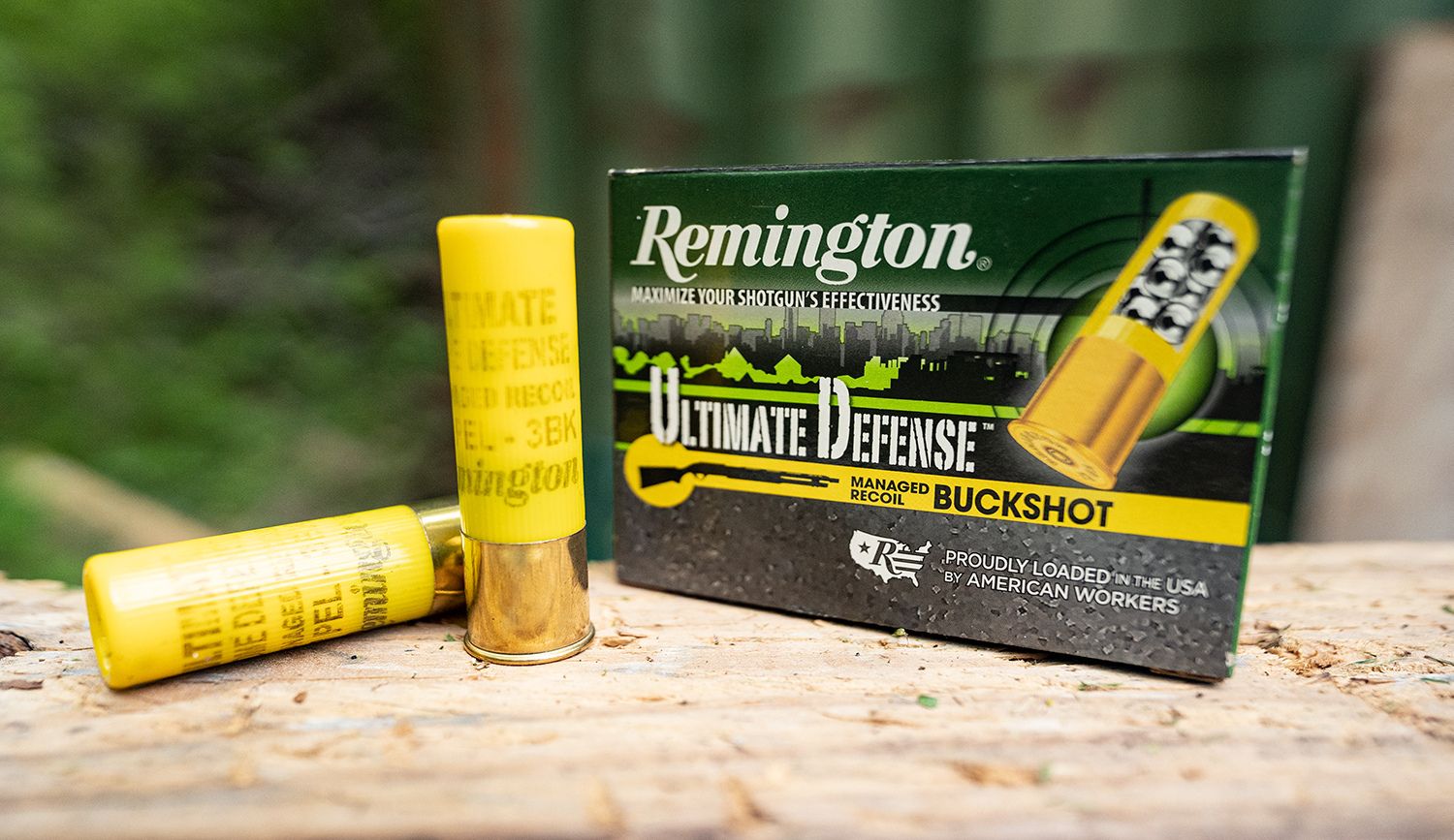Home>Home Security and Surveillance>What Is A Home Protection Plan
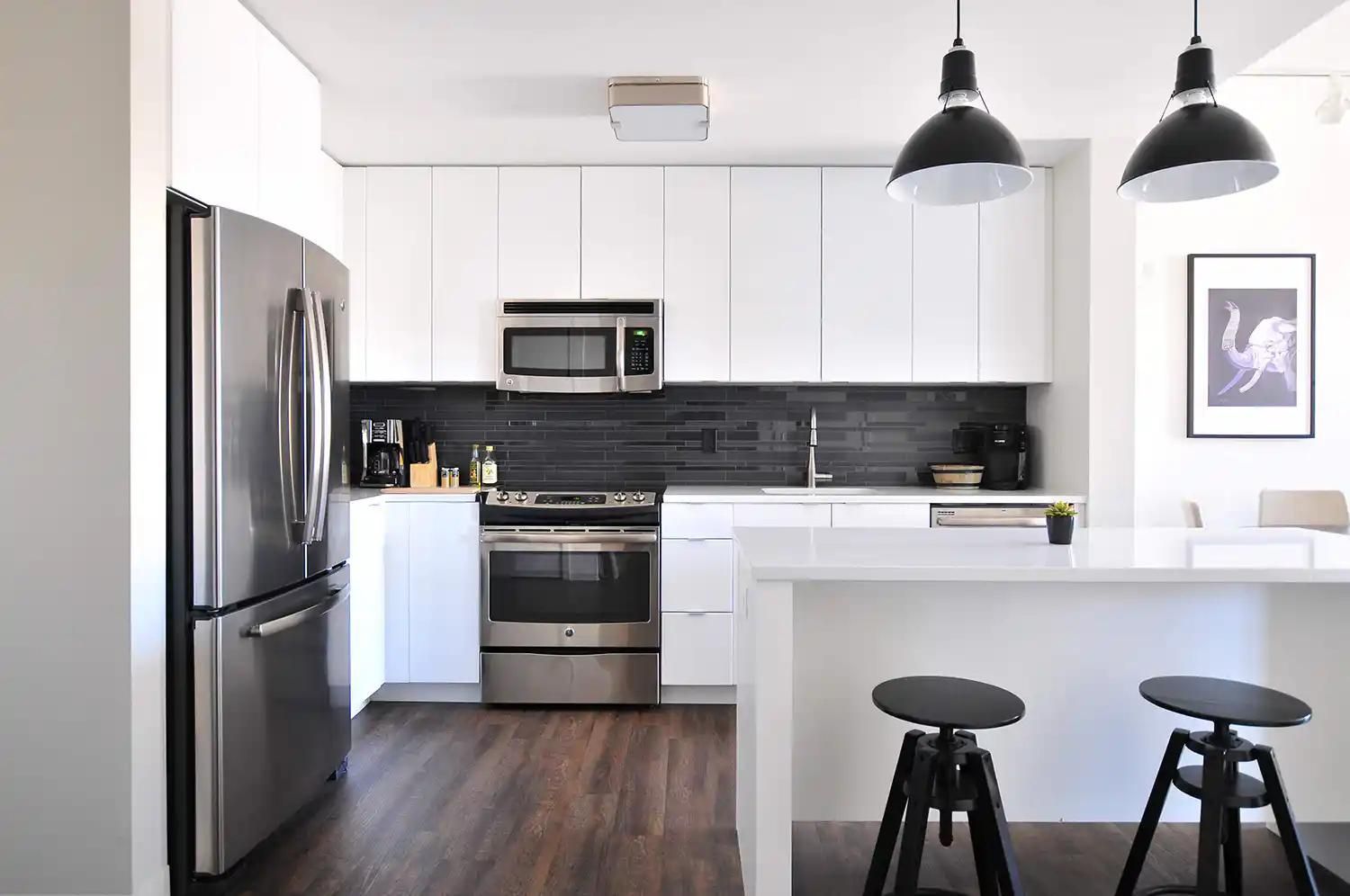

Home Security and Surveillance
What Is A Home Protection Plan
Modified: March 6, 2024
Discover the benefits of a comprehensive home protection plan and ensure your peace of mind with top-notch home security and surveillance solutions. Protect your loved ones and valuable assets today!
(Many of the links in this article redirect to a specific reviewed product. Your purchase of these products through affiliate links helps to generate commission for Storables.com, at no extra cost. Learn more)
Introduction
Welcome to the world of home security and surveillance! In an increasingly uncertain and unpredictable world, ensuring the safety and protection of our homes has become a top priority. Home security systems have evolved over the years, becoming more advanced and sophisticated to meet the ever-changing needs of homeowners.
However, a home security system is just one part of the equation. To truly ensure comprehensive protection for your home, it is essential to consider a home protection plan. A home protection plan provides a layer of financial security and peace of mind in the event of unforeseen circumstances.
In this article, we will dive into the world of home protection plans, exploring their purpose, coverage, benefits, and the various options available. Whether you are a new homeowner or looking to upgrade your existing security measures, this guide will help you make an informed decision.
So let’s get started on this journey to safeguarding your most valuable asset – your home!
Key Takeaways:
- A home protection plan offers financial security and convenience by covering major home systems and appliances, protecting homeowners from unexpected repair or replacement costs due to normal wear and tear or breakdowns.
- When choosing a home protection plan, consider factors such as coverage options, contract terms, cost, provider reputation, claims process, and customer support to ensure the plan aligns with your needs and budget.
Read more: What Is An ERA Home Protection Plan
Purpose of a Home Protection Plan
A home protection plan, also known as a home warranty, is designed to provide coverage for major systems and appliances in your home. It serves as a financial safety net, offering peace of mind and protection against unexpected repair and replacement costs.
The primary purpose of a home protection plan is to safeguard homeowners from the high costs associated with repairing or replacing home systems and appliances due to normal wear and tear or unexpected breakdowns. It is important to note that a home protection plan is different from homeowners insurance, which typically covers damages caused by perils such as fire, theft, or natural disasters.
With a home protection plan, you can rest easy knowing that if your HVAC system suddenly stops working, your refrigerator breaks down, or your plumbing system develops a leak, you won’t have to bear the full burden of the repair or replacement costs.
Another key purpose of a home protection plan is convenience. Rather than spending time researching and contacting individual service providers for each repair or replacement, a home protection plan simplifies the process by offering a single point of contact. When an issue arises, you can simply reach out to your home protection plan provider, who will arrange for a qualified technician to assess and resolve the problem.
Moreover, a home protection plan can be particularly beneficial for homeowners who are selling their property. By including a home protection plan in the sale, sellers can provide potential buyers with added assurance that they won’t have to worry about costly repairs immediately after purchasing the property.
Overall, the purpose of a home protection plan is to provide homeowners with financial protection, convenience, and peace of mind when it comes to unexpected repairs or replacements of home systems and appliances.
Coverage and Benefits
A home protection plan typically offers coverage for a wide range of home systems and appliances. While specific coverage can vary depending on the plan and provider, here are some common items that are often included:
- Heating, ventilation, and air conditioning (HVAC) systems
- Electrical systems
- Plumbing systems
- Kitchen appliances (refrigerators, ovens, dishwashers, etc.)
- Laundry appliances (washing machines, dryers, etc.)
- Garage door opener
- Water heater
- Ceiling fans
- Central vacuum system
- And more…
Each home protection plan may have different levels of coverage, so it’s important to carefully review the terms and conditions before selecting a plan. Some plans may offer additional options for coverage, such as pool and spa equipment, well pumps, or even roof repairs.
The benefits of a home protection plan are numerous:
- Financial Protection: One of the key benefits is the financial security it provides. With a home protection plan, you won’t have to worry about hefty repair or replacement costs, as the plan will cover a significant portion of the expenses.
- Convenience: When a covered item malfunctions or breaks down, all you need to do is contact your home protection plan provider. They will arrange for a qualified technician to come and assess the problem, saving you the hassle of searching for and coordinating with individual repair services.
- Peace of Mind: Knowing that you have a home protection plan in place can give you peace of mind. You can rest assured that if something goes wrong with a covered item, you won’t be left to deal with the financial burden alone.
- Emergency Assistance: Many home protection plans offer 24/7 emergency assistance, ensuring that help is just a phone call away, even outside of normal business hours.
- Transferable: In some cases, a home protection plan is transferable to the new owner if you decide to sell your home, which can add value to the property and attract potential buyers.
Overall, a home protection plan offers comprehensive coverage and a wide range of benefits, giving you the peace of mind and financial security you need to protect your home.
Types of Home Protection Plans
When it comes to home protection plans, there are various options available to cater to different homeowner needs and preferences. Here are the most common types of home protection plans:
- Systems Plan: This type of plan covers the major systems in your home, such as HVAC, electrical, and plumbing systems. It ensures that if any of these essential systems fail or break down, you’ll have the necessary coverage for repairs or replacements.
- Appliances Plan: As the name suggests, an appliances plan focuses specifically on the coverage of home appliances like refrigerators, ovens, dishwashers, and more. This type of plan is ideal for homeowners who have newer appliances that are not included in a standard warranty.
- Combo Plan: A combo plan offers comprehensive coverage for both home systems and appliances. It combines the benefits of both the systems plan and the appliances plan, providing a more extensive and complete coverage solution.
- Bundled Plan: Some home protection plan providers offer bundled plans that combine coverage for your home systems, appliances, and even additional options like pool and spa equipment or well pumps. This type of plan is suitable for homeowners who want all-inclusive coverage for their entire property.
- Builder’s Warranty: A builder’s warranty is typically provided by the home builder and covers new constructions for a specific period, usually around one year. It protects against any defects or issues that arise due to the construction process.
- Seller’s Plan: Seller’s plans are designed for homeowners who are selling their property. These plans provide coverage during the listing period, assuring potential buyers that major systems and appliances are protected for a certain period after the purchase.
Each type of home protection plan offers different levels of coverage and has its own advantages. Consider your specific needs, the age and condition of your home, and your budget when selecting the right plan for you.
It’s also important to note that home protection plans may have certain limitations and exclusions. Carefully read the terms and conditions of each plan to understand what is covered and any potential restrictions.
Now that we have explored the different types of home protection plans available, let’s delve into the factors you should consider when choosing the right plan for your home.
Choosing the Right Home Protection Plan
Choosing the right home protection plan is crucial to ensure that your specific needs and requirements are met. Here are some factors to consider when selecting the plan that is best suited for your home:
- Coverage Options: Evaluate the coverage options offered by different home protection plan providers. Determine whether they cover the specific systems and appliances you want to protect. Consider any additional options that may be important to you, such as coverage for pool and spa equipment or well pumps.
- Contract Terms: Carefully review the contract terms of each plan. Pay attention to the length of the contract, any waiting periods before coverage begins, and any limitations or exclusions that may apply. Make sure you are comfortable with the duration and terms of the agreement.
- Cost: Compare the cost of different home protection plans. Consider the monthly or annual premiums, as well as any deductibles or service call fees that may apply. Keep in mind that cheaper plans may offer less coverage, so weigh the cost against the level of protection provided.
- Provider Reputation: Research the reputation and track record of the home protection plan provider. Look for reviews and ratings from other homeowners to gauge their level of customer satisfaction. A reputable provider with positive reviews is more likely to deliver reliable service when you need it.
- Claims Process: Understand the claims process of each home protection plan provider. Consider factors such as ease of filing a claim, response times, and the overall customer experience. A streamlined and efficient claims process can make a significant difference when it comes to getting timely repairs or replacements.
- Customer Support: Assess the customer support offered by the home protection plan provider. Look for accessibility, availability, and responsiveness. It’s important to have a reliable point of contact in case you need assistance or have questions regarding your coverage.
By considering these factors, you can make a well-informed decision and choose the right home protection plan that aligns with your needs, budget, and expectations.
Remember that not all home protection plans are created equal, so take the time to shop around, compare options, and understand the terms and coverage details before making your final choice. With the right home protection plan in place, you can enjoy peace of mind knowing that your home is well-protected.
A home protection plan is a service contract that helps cover the cost of repairing or replacing major home systems and appliances. It can provide peace of mind and save money on unexpected repair bills.
Read more: What Are Insurance Home Protection Plans
Cost of a Home Protection Plan
The cost of a home protection plan can vary depending on several factors, including the level of coverage, the size of your home, the location, and the provider you choose. While specific prices will differ, it is important to understand the common cost components of a home protection plan.
Typically, the cost of a home protection plan is broken down into two main components:
- Premium: The premium is the regular payment you make to maintain your home protection plan. It can be paid on a monthly or annual basis, depending on the provider. The premium amount is influenced by factors such as the level of coverage, the number of systems and appliances covered, and any additional options you choose.
- Deductible or Service Call Fee: Some home protection plans may require you to pay a deductible or service call fee for each service visit. This fee is typically a fixed amount that you need to pay out of pocket. The deductible or service call fee helps to offset the cost of dispatching a technician to your home.
When comparing the cost of different home protection plans, it is important to consider not only the premium but also any deductibles or service call fees that may apply. These additional costs can impact the overall affordability of a plan.
On average, a basic home protection plan may cost between $300 to $600 per year, depending on the factors mentioned earlier. However, more comprehensive plans with higher levels of coverage may cost upwards of $800 per year.
It is also worth noting that some providers may offer optional coverage add-ons or customize plans based on your specific needs. These additional options may come at an extra cost, so carefully consider whether the added coverage justifies the increase in price.
When evaluating the cost of a home protection plan, it is important to weigh it against the potential savings it offers. Consider the average cost of repairing or replacing major home systems and appliances without coverage. A home protection plan can provide substantial savings and peace of mind, especially when unexpected breakdowns occur.
Lastly, remember to thoroughly review the terms and conditions of the plan, including any coverage limitations, exclusions, and renewal terms. Understanding the full cost structure and coverage details will help you make an informed decision and select a home protection plan that fits your budget and needs.
Claims Process
When something covered by your home protection plan breaks down or requires repair, the claims process is your pathway to getting the necessary assistance and coverage. While the exact claims process may vary depending on the provider, here are the general steps involved:
- Contact Your Home Protection Plan Provider: The first step is to notify your home protection plan provider about the issue. This can usually be done by phone or through an online claims portal. Provide them with the necessary details about the problem and the affected system or appliance.
- Verification and Assessment: Once you have submitted a claim, the provider will verify your coverage and assign a claim number. They may also ask for additional information or documentation, such as maintenance records or photos, to assess the situation.
- Dispatching a Technician: Depending on the nature of the problem, your home protection plan provider will arrange for a qualified technician to visit your home. They will typically have a network of approved service providers or an in-house team of technicians. The technician will assess the issue, diagnose the problem, and determine the necessary repairs or replacements.
- Repair or Replacement: If the technician determines that repair is possible, they will proceed with the necessary fixes. In certain cases where repair is not feasible or cost-effective, the technician may recommend a replacement of the faulty system or appliance. The provider will cover the cost of the repair or replacement as per the terms of your plan.
- Payment and Coverage Limitations: Depending on your home protection plan, you may have to pay a deductible or service call fee for the service visit. This amount is typically paid directly to the technician. Additionally, it’s important to be aware of any coverage limitations, such as maximum coverage amounts or exclusions for specific parts or damages.
- Follow-up and Customer Satisfaction: After the repair or replacement is complete, it is important to provide feedback to your home protection plan provider regarding the service received. Most providers strive for customer satisfaction and may ask for your input to continually improve their services.
It is crucial to familiarize yourself with the claims process of your specific home protection plan. Read the terms and conditions of your plan thoroughly to understand your responsibilities, coverage limits, and any specific procedures that need to be followed.
Remember to keep all documentation related to your claims, including claim numbers, invoices, and receipts. This will come in handy for record-keeping and for insurance purposes in case you need to provide evidence of repairs or replacements.
In the event that you encounter any issues or delays during the claims process, it is important to communicate with your provider and seek clarification. Open and timely communication will help ensure a smoother claims experience and resolution of any concerns or disputes.
Understanding the claims process and being proactive in initiating and following up on claims will help you get the most out of your home protection plan and ensure the timely resolution of any covered issues in your home.
Common Exclusions
While a home protection plan provides coverage for a wide range of systems and appliances, it is important to be aware of common exclusions that may apply. These exclusions specify certain situations or conditions under which coverage may not be provided. Here are some common exclusions found in home protection plans:
- Pre-Existing Conditions: Most home protection plans do not cover pre-existing conditions, which refer to issues or malfunctions that existed before purchasing the plan. It is important to thoroughly read the terms and conditions to understand the specific definition and duration of pre-existing conditions.
- Improper Maintenance: Home protection plans typically require homeowners to properly maintain their systems and appliances. Failure to maintain them according to the manufacturer’s guidelines or regular maintenance schedule may result in a denial of coverage for related issues or breakdowns.
- Acts of Nature or Disasters: Home protection plans usually exclude coverage for damages resulting from natural disasters, such as earthquakes, floods, or hurricanes. It is important to have separate insurance coverage for these types of events.
- Negligence or Misuse: Damage or breakdowns caused by negligence or misuse of systems and appliances are commonly excluded. This can include improper installation, intentional damage, or using the equipment for unintended purposes.
- Cosmetic or Aesthetic Issues: Home protection plans typically do not cover cosmetic or aesthetic issues, such as scratches, dents, or fading. The coverage is typically limited to functional repairs or replacements.
- Commercial or Rental Properties: Many home protection plans are designed for residential properties and may exclude coverage for commercial or rental properties. If you are a landlord or own a commercial property, there may be specific plans available to cater to those needs.
- Non-Covered Components: Certain components or parts of a system or appliance may be excluded from coverage. For example, home protection plans may cover the HVAC system but exclude coverage for refrigerant or ductwork.
- Unusual Wear and Tear: While normal wear and tear issues are typically covered by a home protection plan, issues classified as unusual or excessive wear and tear may be excluded. The determination of what constitutes unusual wear and tear may vary among providers.
It is essential to review the terms and conditions of your home protection plan carefully to understand the specific exclusions that apply. This will help manage expectations and avoid any surprise denials of coverage when filing a claim.
Remember that although certain situations may be excluded from coverage in a home protection plan, it is still important to notify your provider of any issues or breakdowns. They can provide guidance or suggest alternative solutions, even if the repair or replacement is not covered under the plan.
Being well-informed about common exclusions allows you to make informed decisions, take appropriate measures to prevent issues, and explore alternative options for coverage when necessary.
Frequently Asked Questions
Here are some commonly asked questions about home protection plans:
- What is a home protection plan?
- How is a home protection plan different from homeowners insurance?
- What does a home protection plan cover?
- Are home protection plans worth it?
- How much do home protection plans cost?
- Can I choose my own service providers for repairs?
- Can I cancel my home protection plan?
- Can I transfer my home protection plan to a new owner?
A home protection plan is a service contract that provides coverage for major systems and appliances in your home. It offers financial protection against unexpected repair or replacement costs due to normal wear and tear or breakdowns.
A home protection plan is different from homeowners insurance. Homeowners insurance typically covers damages caused by perils such as fire, theft, or natural disasters, while a home protection plan specifically covers repairs or replacements of covered systems and appliances.
A home protection plan typically covers major systems like HVAC, electrical, and plumbing systems, as well as common household appliances such as refrigerators, ovens, dishwashers, and more. The specific coverage may vary depending on the plan and provider.
Home protection plans can be worth it for homeowners who want to protect their budget from unexpected repair or replacement costs. They provide financial security and convenience by offering a single point of contact for repairs and replacements.
The cost of a home protection plan varies depending on factors such as the level of coverage, the size of your home, and the provider you choose. On average, basic plans may cost between $300 to $600 per year, while more comprehensive plans can cost upwards of $800 per year.
Most home protection plans have a network of approved service providers, and you are typically required to use those providers for repairs and replacements. This helps ensure that qualified technicians handle the job.
Yes, you can usually cancel your home protection plan. However, the terms and conditions may specify any fees or conditions associated with cancellation. Be sure to review the contract for details.
In some cases, home protection plans are transferable to the new owner during the sale of a property. This can add value to your home and provide potential buyers with added assurance.
It’s important to note that these are general FAQs, and the specific details and answers may vary depending on your home protection plan and provider. Reading and understanding the terms and conditions of your specific plan is essential for accurate information.
If you have additional questions or concerns, it’s best to reach out to your home protection plan provider for clarification and personalized assistance.
Read more: What Is Verizon Home Protection Plan
Conclusion
In conclusion, a home protection plan is a valuable investment that provides homeowners with financial security, convenience, and peace of mind. It offers coverage for major systems and appliances in your home, protecting you from unexpected repair or replacement costs.
By understanding the purpose, coverage, and benefits of a home protection plan, you can make an informed decision and choose the right plan for your specific needs. Consider factors such as coverage options, contract terms, cost, provider reputation, claims process, and customer support when selecting the plan that aligns with your requirements and budget.
While a home protection plan offers comprehensive coverage, it is important to be aware of common exclusions that may apply. Understanding these exclusions helps manage expectations and allows you to explore alternative options when necessary.
Remember to review the terms and conditions of your plan thoroughly and keep all documentation related to claims. This will ensure a smoother claims process and help you maximize the benefits of your home protection plan.
Ultimately, a home protection plan provides you with the peace of mind and financial security you need to safeguard your most valuable asset – your home. With the right plan in place, you can rest easy knowing that you are protected against unforeseen breakdowns and costly repairs.
So take the necessary steps today to protect your home and invest in a home protection plan that suits your needs. Start exploring your options, compare plans, and select the coverage that will provide you with the level of security and convenience you desire. Your home and your peace of mind deserve it.
Frequently Asked Questions about What Is A Home Protection Plan
Was this page helpful?
At Storables.com, we guarantee accurate and reliable information. Our content, validated by Expert Board Contributors, is crafted following stringent Editorial Policies. We're committed to providing you with well-researched, expert-backed insights for all your informational needs.
